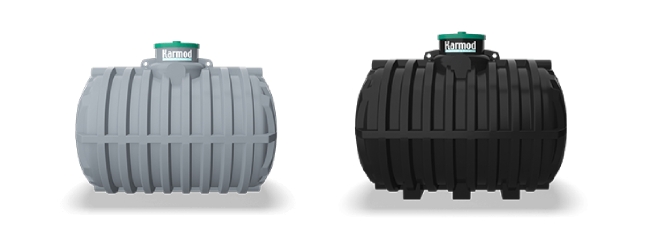
In the field of chemical storage, various types of tanks are used. Especially, polyester fuel and diesel tanks have become essential for gas stations. This situation is not unique to our country; in many European countries, diesel and gasoline are also stored in these tanks.
The general purpose of an underground tank is to preserve a chemical or food content and make it available for use when needed by draining it. Additionally, it provides many benefits to users and contributes to financial amortization. Since these tanks are buried underground, they are produced independently of color. Moreover, due to the same reason, very large tonnage tanks cannot be produced. In such cases, the tanks are considered to deviate from their purpose. The process of burying these tanks underground is a matter of curiosity for people who want to acquire them. Therefore, it is necessary to understand how these tanks are buried underground.
The installation stages of an underground tank are as follows:
- The location for the tank installation should be carefully selected. The ground should be level and have a solid structure, avoiding areas prone to soil movement.
- The area where the tank will be installed must be cleaned of foreign materials that could damage the tank and then excavated carefully by an operator.
- While digging the pit, attention should be paid to the ground. A level concrete of 25 centimeters in height should be poured on the ground where the tank will be installed.
- After the concrete has dried, the tank will be lowered onto the flat concrete surface with the help of a crane.
- The inlet and outlet connections for the tank should be made at this stage. After the tank is buried, it becomes challenging to make any connections to it.
- Walls can be built around the tank, or the sides can be filled with soil up to the tank neck. Fine sand can also be used for filling.
- After these stages, your tank is buried underground. It can be used after ensuring that no vehicle traffic passes over it. If desired, it can be enclosed with a fence to ensure the security of the tank.
Advantages of Underground Water Tanks:
There are numerous advantages to having a tank underground. The biggest advantage is that it alleviates the user's security concerns. For this reason, contents such as diesel and gasoline are stored in polyester underground tank models. Gasoline, being highly flammable, is considered a hazardous substance. Therefore, underground tanks are widely used at gas stations. They are usually enclosed by wire fences, preventing anyone from approaching the tank.
Another advantage is that it keeps the contents a few degrees cooler compared to above-ground tanks. This contributes to the search for coolness during the summer season. Additionally, light-sensitive materials are stored in such tanks. Tanks already have resistance to harmful rays. However, underground tanks have the additional feature of soil insulation. This prevents harmful rays from reaching the inside of the tank.
In conclusion, in this article, we detailed the importance, installation, and advantages of underground tanks for chemical storage. If you would like to own an underground tank or get more information, you can contact our customer representatives.


 EN
EN
 DE
DE
 FR
FR
 IT
IT
 ES
ES
 PT
PT
 RU
RU
 AR
AR
 BG
BG
 SR
SR
 GR
GR
 SQ
SQ
 RO
RO
 PL
PL
 HU
HU
 CZ
CZ
 HR
HR
 AZ
AZ
 GE
GE
 AM
AM
 IL
IL